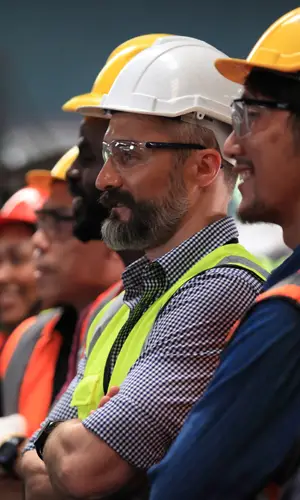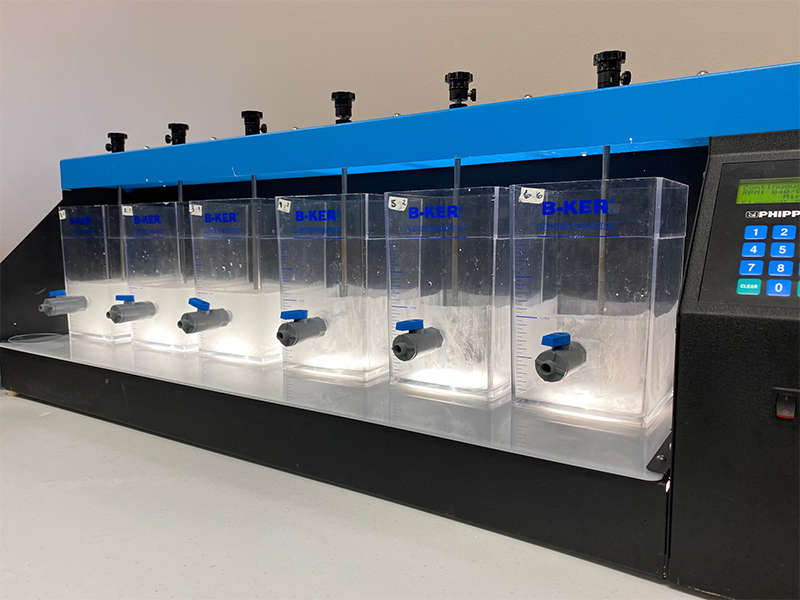THIEF RIVER FALLS WTP Optimization
Thief River Falls, Minnesota
Project Details
Date: 2018
Client: City of Thief River Falls
Key Project Elements
- System Optimization
- Regulatory Compliance Issues
- Parallel Optimization Efforts
The City retained AE2S to identity the cause of the elevated combined filter effluent turbidity and improve the plant performance. The project team visited the plant and reviewed current and historical operational data, which revealed multiple factors causing the elevated combined filter effluent turbidity.
These included unique operation strategy (adjusting chemicals based on the color appearance rather than water quality), chemical overdosing (increasing one chemical dosage to overcome the overdosing of the other chemical), lack of training, aged equipment, poor data management, and personnel issues. The AE2S team proposed a plant-wide comprehensive action plan to resolve the NOV. The action plan and timeline were quickly approved by the Minnesota Department of Health (MDH).
Due to the urgency of the project, multiple tasks to improve the overall plant performance were performed in parallel. The first task was to solve the chemical overdosing issue at the pre-sedimentation and primary softening processes. A series of jar tests were conducted to fine-tune dosages of a few major chemicals (Ferric sulfate, powder activated carbon (PAC), and lime).
The filter operation was then overhauled; this included establishing filter operation protocol, filter backwash sequence, and filter to waste. A series of treatment workshops were held to educate the operators on improved operations strategy. Data quality was improved through instrumental maintenance and calibration. Critical failing equipment was identified for improvement.
During the efforts to restore the WTP to compliance, a filter rehabilitation project was also being performed, complicating efforts. MDH approved the comprehensive approach, but wanted the WTP in compliance as quickly as possible. While working on the tasks mentioned previously, the AE2S team identified that the elevated combined filter effluent turbidity was mostly due to lime carry-over, rather than any pathogen breakthrough.
Working closely with MDH, a turbidity compliance acidification protocol was identified, minimizing the number of samples that exceeded 0.3 NTU. This protocol temporarily and slightly alleviated the violation stress and allowed the project team to focus on the plant-wide efforts.
With tremendous efforts from the TRF WTP management staff and the engineers, the TRF WTP operation team finally abandoned the old operational strategy and adopted the new treatment goal-oriented approach. WTP performance improved substantially and the plant was back in regulatory compliance in August 2018.
Consumption of a few major chemicals was reduced, while the finished water quality was improved. Ferric sulfate consumption was reduced 40% and PAC consumption was reduced 60%. In the primary softening process, lime consumption was reduced by 30%. This not only saved chemicals. but also avoided re-hardening the finished water. The filtration process, including the filter backwash process, was also optimized. Each filter can now achieve more than 8,000 UFRV prior to the backwash.
The WTP now produces high quality water at a lower cost. Due to the success of the project, the City hired AE2S to continue providing weekly operational assistance to help improve the plant performance.





